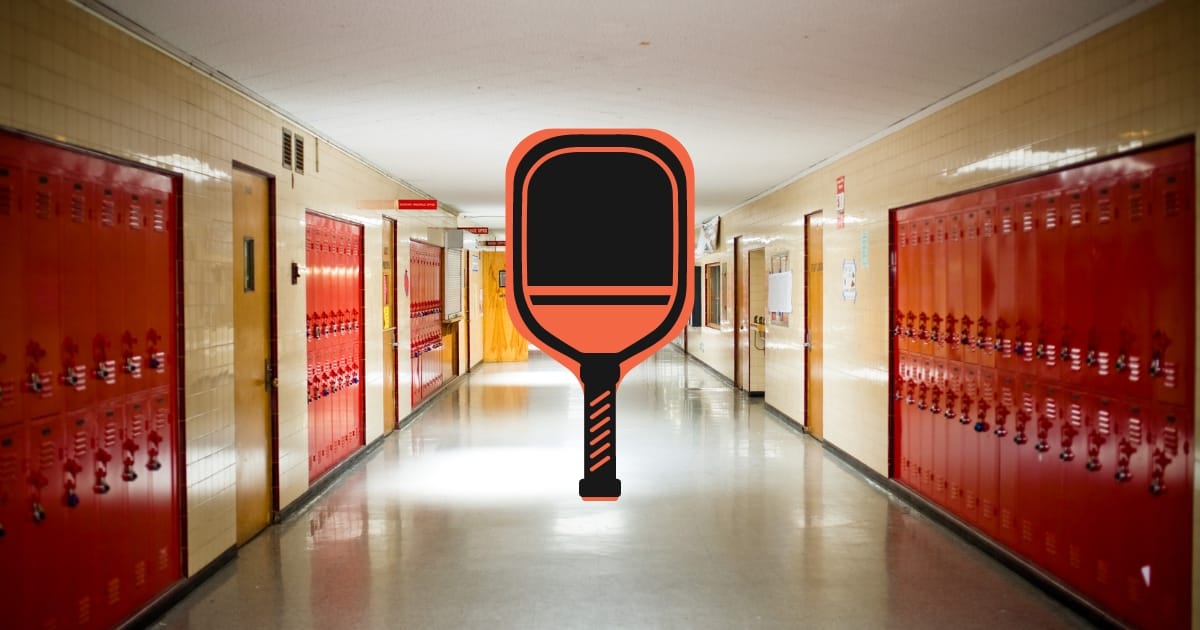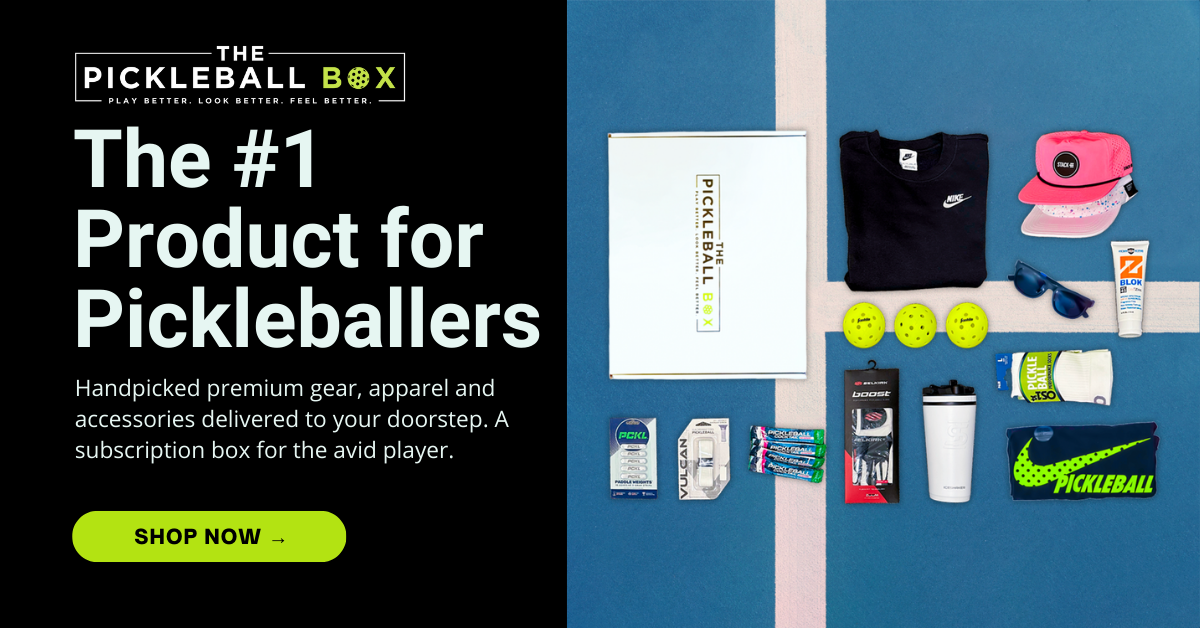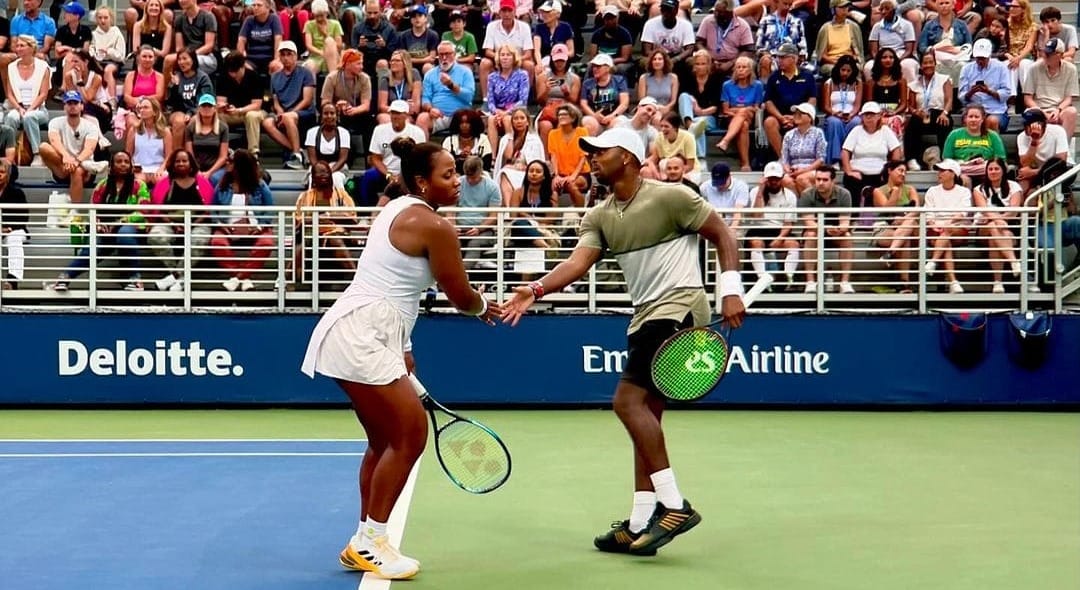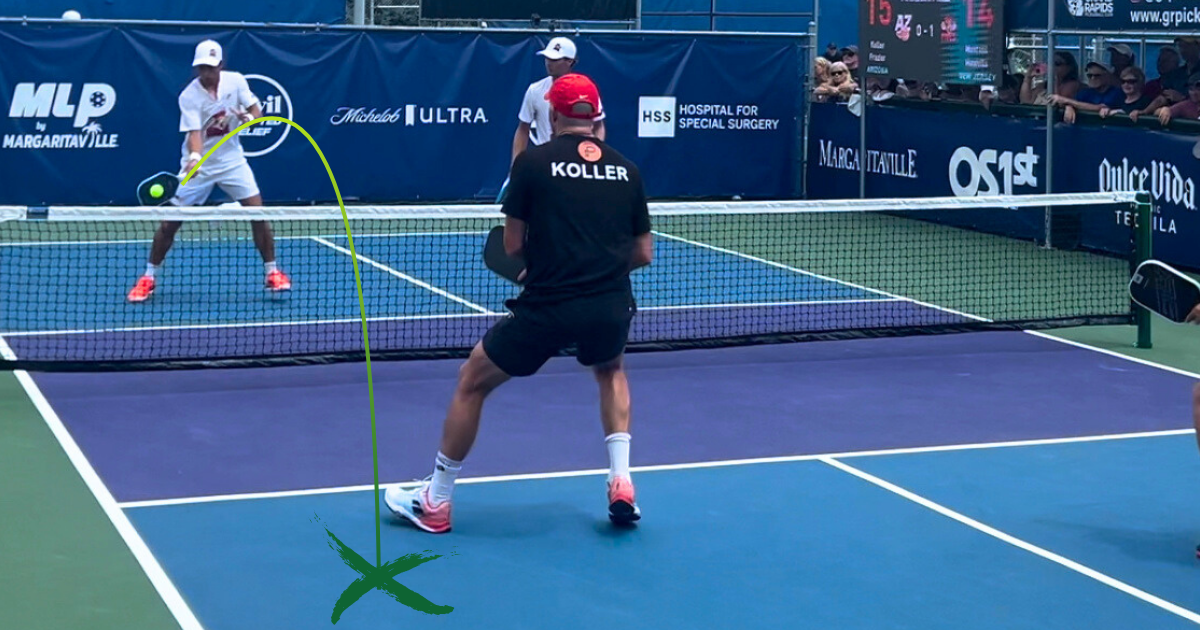Pickleball has experienced unprecedented growth over the past few years, both at the recreational and professional levels. From packed courts to evolving technology and more athletic players entering the sport, it’s clear that pickleball’s momentum is far from slowing down.
Below, I dive into three ways pickleball has changed over the last year.
#1 – Continued and Rapid Growth
About a year ago, Brooke Buckner and I could walk out to any public court in Charlotte—mostly in neighborhood parks—and play pickleball without much competition. You didn’t need to book online, wait for a ladder system, or even encounter another player during a two-hour session.

Those days are long gone. Now, at least in Charlotte (but also in other cities I’ve traveled to for tournaments), pickleball courts are packed almost every minute they’re open.
Brooke and I can still get a court, but we have to go literally at sunrise—and even then, we’re lucky to snag one of the last available spots.
This all speaks to the immense and rapid growth of the sport. Pickleball is accessible, easy to learn, and allows players to compete at a relatively high level almost immediately.

Plus, it’s more affordable than other racket sports. People of all ages, athletic backgrounds, and fitness levels can play together. It’s not just for the elderly; families, kids, college students, and middle-aged adults are all playing. P
ickleball truly is for everyone.
The sport has also exploded professionally. PPA and APP qualifying draws now feature as many as 100 players competing for just eight spots—and that’s on a Wednesday afternoon when most people are working.
The sport’s popularity continues to rise, with no signs of slowing down.
#2 – Paddle Technology and the Sheer Number of Options
When I started playing more regularly in 2021, there were maybe eight paddle brands, but really only 4-5 that people used consistently.
Now, it feels like 4-5 new paddle brands pop up every quarter.
As the sport has boomed, technology has quickly kept pace. Not only are there now hundreds of companies dedicated to pickleball equipment, but the paddles themselves generate more power and spin than ever before.

One hot-button issue is the rising cost of paddles.
Three to four years ago, an expensive paddle cost $150-$175. Now, high-end competitive paddles range from $225 to $300—and they don’t last very long, depending on how often you play.
I’d venture to say we’re nearing a saturation point for how many different paddle companies can enter the market. The competition is fierce, and new players are almost being priced out.
I’ll be watching how the major brands adapt as the game evolves. How will paddles change as better athletes and new rules emerge?
#3 – The Pro Game Continues to Get More Athletic
Top-level tennis players are transitioning to pickleball. Jack Sock, Donald Young, Genie Bouchard, and Tina Pisnik all had successful pro tennis careers before jumping to pro pickleball. Patrick Kawka played high-level padel, and Daniel de la Rosa was the top racquetball player before switching over.

Additionally, it feels like every week, we see someone like Noe Khlif or Kate Fahey, both from high-level Division I tennis backgrounds, finding immediate success in pickleball.

The game has gotten faster and stronger, and professional athletes are taking it to new heights. At the pro level, it’s no longer enough to hit dinks and drops for a couple of hours of practice. These athletes dedicate time and money to personal trainers, dieticians, and physios, who often travel to tournaments and work with them both on and off the court.
One way this improved athleticism is reflected in the game is through the evolution of the right-side player.

In both men’s and women’s doubles, the right-side player is either required to do more or has begun taking on a larger role. Gabe Tardio exemplifies this evolution.
He can dominate a game and play more aggressively than his left-side partner. His ability to punch with his backhand in the middle has thrown opposing teams off.
What was once seen as a secondary role to the dominant left-side player is now becoming more equal, with more offense coming from the right side.
The game has changed a ton just over the last year. I can’t wait to see how it changes in 2025.
Thanks for reading, and be on the lookout for the next article. Enjoy the grind, and remember—you can’t dink all day if you don’t start in the morning!








